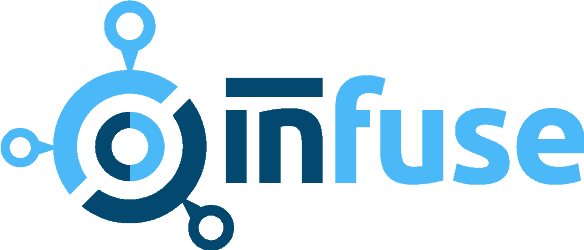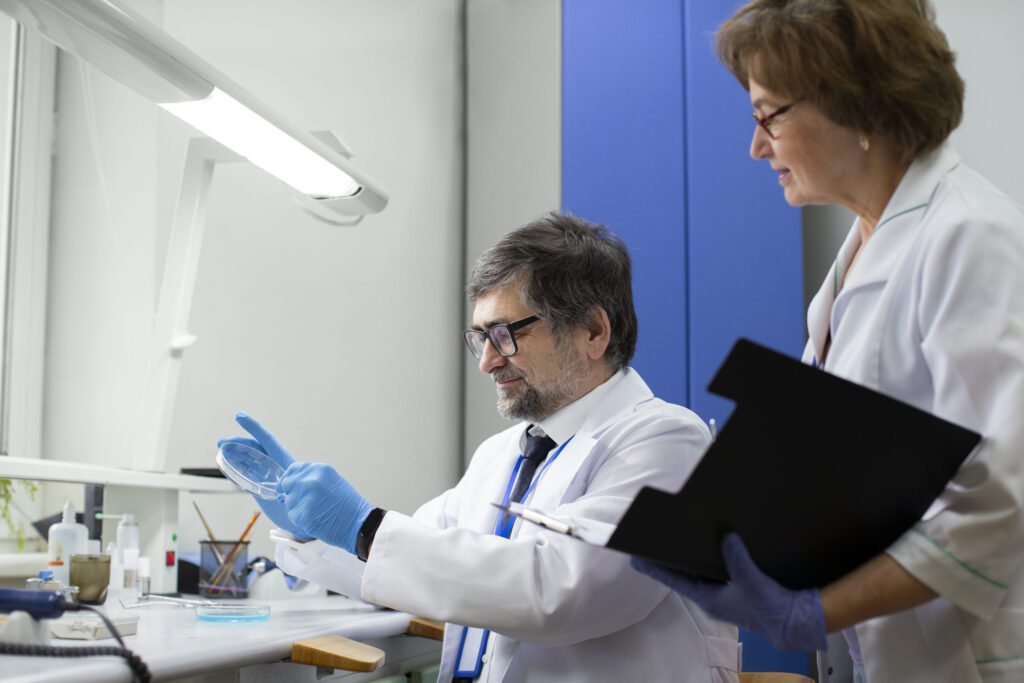Are you considering importing medical device? Or else looking to manufacture medical equipment in the United States? If so, it is important to understand the regulatory requirements of the FDA. Do you know the FDA is the Food and Drug Administration? Yes!! It regulates all medical devices in the United States. It is essential to understand the FDA’s definition of a medical device.
You need to know how the agency classifies medical devices. This information is critical for learning how to bring your medical device to market. Let’s see FDA regulations for medical device training.
Brief Introduction to Key FDA Regulatory Requirements
The Food and Drug Administration plays an important role in ensuring the safety of medical devices in the United States.
To achieve this, the FDA has established regulations. Medical device manufacturers must comply with these regulations.
These regulations ensure that medical devices are safe for use by healthcare professionals and patients. Compliance with FDA regulations is essential for medical device manufacturers to avoid legal and financial consequences.
Understanding FDA Regulations for Medical Devices
The FDA regulates medical equipment under the Federal Food, Drug, and Cosmetic Act. The agency classifies medical devices into three categories based on their level of risk. They are Class I, Class II, and Class III. Each category has different regulatory requirements.
1. Class I Devices
Class I devices are considered low risk. The devices comes under this class are subject to general controls. They are:
Registration and Listing: Medical device manufacturers must register and list their devices with the FDA.
Good Manufacturing Practices: Manufacturers must follow GMPs to ensure the quality and purity of their devices.
Labeling and Packaging: Devices must be properly labeled and packaged to ensure safe use.
2. Class II Devices
Class II devices are considered moderate risk. The devices that come under this class are subject to special controls. They are:
Performance Standards: Devices must meet specific performance standards. This is to ensure safety and effectiveness.
Labeling and Packaging: Devices must be properly labeled and packaged to ensure safe use.
Postmarket Surveillance: Manufacturers must conduct postmarket surveillance. This is to monitor the safety of their devices.
3. Class III Devices
Class III devices are considered high risk. The devices that come under this class are subject to premarket approval. It requires manufacturers to submit clinical data and other information to the FDA. This is to demonstrate the safety and effectiveness of their devices.
Key Components of Compliance Training
Compliance training is vital. It is for ensuring that all personnel are knowledgeable about FDA regulations and capable of implementing them correctly. An effective training program should encompass several essential topics:
Essential Topics to Cover in Compliance Training Programs
- Regulatory Framework: Detailed overview of FDA regulations. It includes device classification, premarket submissions, and QSR.
- Risk Management: Principles of risk management as per ISO 14971, focusing on identifying, evaluating, and mitigating risks associated with medical devices.
- Design Controls: Understanding the requirements for design and development planning, design inputs and outputs, verification, validation, and design transfer.
- Document and Record Control: Procedures for maintaining accurate and accessible documentation as required by FDA regulations.
- Production and Process Controls: Ensuring manufacturing processes are validated, controlled, and capable of consistently producing devices that meet specifications.
- Corrective and Preventive Actions: Identifying and addressing non-conformances to prevent recurrence.
Role of Validation Protocols in Ensuring Safe and Effective Devices
Validation protocols are essential to compliance training. It ensures that devices consistently perform as intended. Validation encompasses various stages. These stages help confirm that the device meets all design specifications. It also meets regulatory requirements under actual or simulated use conditions.
- Design Validation: Demonstrates that the device meets user needs.
- Process Validation: Ensures manufacturing processes produce a product. It consistently meets predetermined specifications.
- Software Validation: Critical for devices incorporating software. It ensures the software functions correctly and securely.
Developing Effective Training Programs
Developing an effective training program for medical device compliance is important. It involves several critical steps. It is tailored to meet the specific requirements of the organization. Here are the things you need to consider for effective training programs:
1. Needs Assessment
Assessment is important for effective training. Begin by identifying knowledge gaps and training needs within the workforce. Surveys, interviews, and audits can help pinpoint areas where additional training is necessary.
2. Curriculum Development
Create a comprehensive curriculum covering all essential regulatory requirements and compliance topics. It is crucial to strike a balance between theoretical knowledge and practical application. This ensures better understanding and retention among trainees.
3. Qualified Trainers
Ensure that trainers possess in-depth knowledge of FDA regulations and the expertise to convey the material effectively. Consider bringing in external experts or consultants to supplement in-house expertise if necessary.
4. Training Methods
Use a variety of training methods to accommodate different learning styles. Options include traditional classroom sessions, interactive e-learning modules, hands-on workshops, and case studies to provide a well-rounded learning experience.
5. Regular Updates
Given the dynamic nature of FDA regulations, it is essential to keep training materials updated. Regularly review and revise content to reflect the latest regulatory changes and industry best practices.
6. Assessment and Feedback
Implement mechanisms to evaluate the effectiveness of the training program. This may involve quizzes, exams, practical assessments, and feedback surveys. This will gauge understanding and identify areas for improvement.
7. Documentation
Maintaining records of all training activities is important. It includes attendance, materials, assessments, and feedback. Complete documentation is crucial for demonstrating compliance during FDA inspections and audits.
By following these steps, organizations can develop robust training programs. This ensures compliance with FDA regulations. It also improves a culture of continuous improvement in medical device manufacturing.
Capping Words
Complying with FDA regulations for medical devices is a complex but essential task that requires thorough understanding and meticulous execution. Training programs play a critical role in ensuring that all personnel are knowledgeable about regulatory requirements and capable of maintaining compliance. By developing effective training programs, medical device manufacturers can ensure their devices are safe, effective, and compliant with FDA standards. This helps to avoid legal and financial repercussions and provides the highest level of patient safety and product quality.

